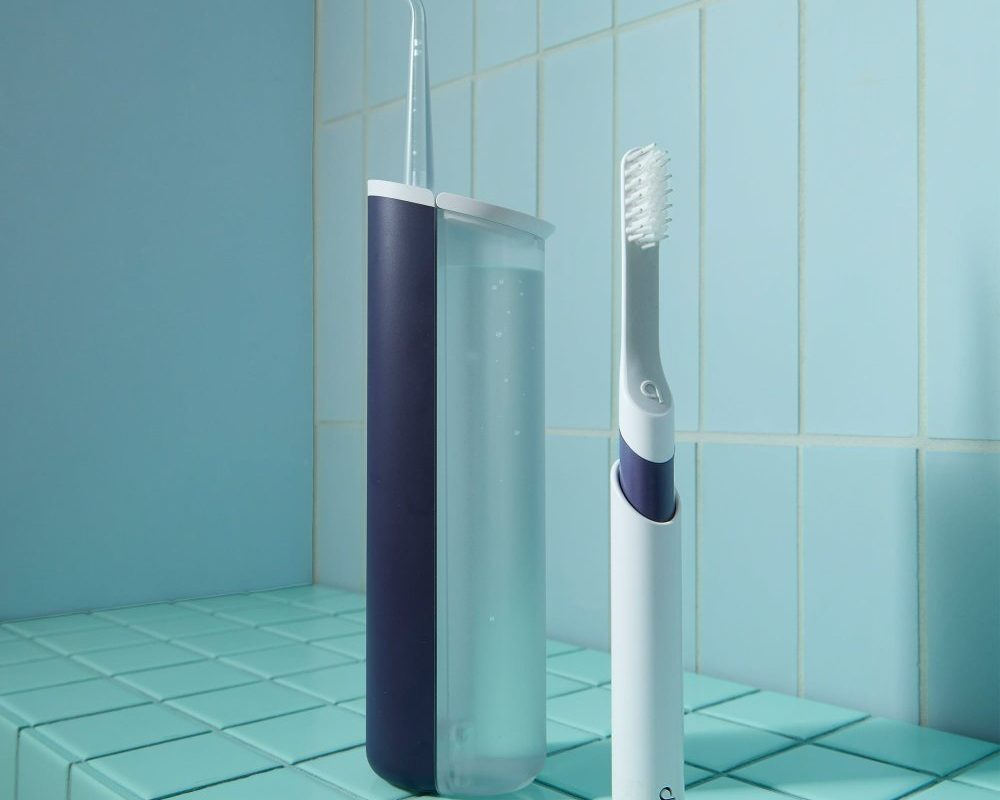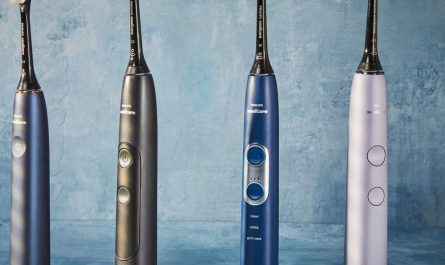Introduction to Water Flossers
Achieving pristine oral health involves more than just tooth brushing. Water flossers are a game changer. They are dental devices that use a stream of water to remove plaque, food particles, and bacteria from between your teeth and beneath your gumline. They offer a gentle yet effective alternative to traditional string floss, which can be tough on sensitive gums. With a water flosser, you target hard-to-reach areas that brushing alone might miss.
Many people wonder if they can enhance this cleaning process by adding mouthwash to their water flosser. The idea is that mouthwash can provide additional benefits, like reducing bacteria or freshening breath, while also using the mechanical cleaning action of the water flosser. So, the question is, ‘can you put mouthwash in a water flosser?’ Let’s explore the pros and cons of this approach to decide if it’s right for you.
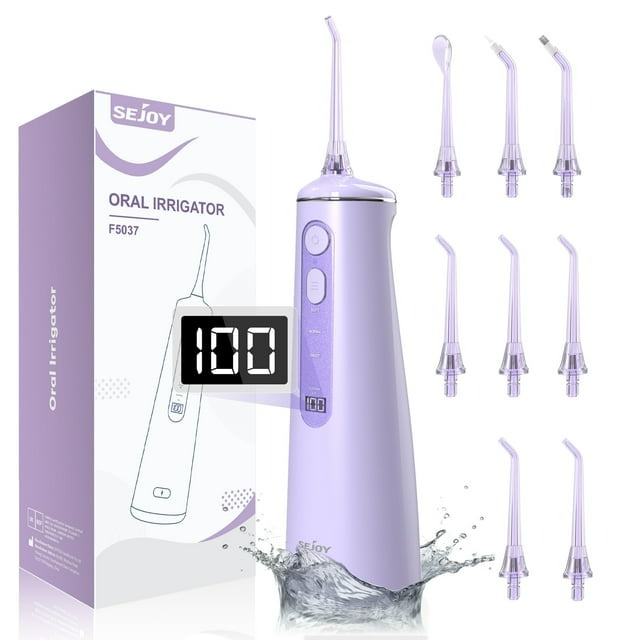
The Benefits of Adding Mouthwash to Your Water Flosser
When considering whether ‘can you put mouthwash in a water flosser,’ let’s look at the advantages. Incorporating mouthwash into your water flossing routine can enhance your oral hygiene in several ways. Here are some key benefits:
- Enhanced Antibacterial Action: Many mouthwashes contain antiseptic properties that help kill bacteria. By combining mouthwash with water flossing, you’re attacking the germs from both a mechanical and chemical front. This can significantly reduce oral bacteria, leading to better dental health.
- Fresh Breath: Mouthwash is well known for its ability to leave your mouth feeling fresh and smelling great. Adding it to your water flosser’s reservoir can give you that fresh breath feeling immediately after flossing, lasting longer than mouthwash alone.
- Fighting Plaque: Mouthwash can prevent the build-up of plaque, which is the sticky film on teeth that can lead to cavities and gum disease. Using it in a water flosser can help to dislodge plaque more effectively than water alone.
- Convenience: By using mouthwash in your water flosser, you can floss and rinse simultaneously. This saves time and means you are less likely to skip the mouthwash step of your oral care routine.
- Soothing Effect: For those with sensitive gums, the right mouthwash can have a soothing effect, reducing the discomfort associated with gum inflammation. This means a more comfortable cleaning experience.
Remember to choose a mouthwash suitable for use in a water flosser and to follow the proper usage guidelines to avoid potential downsides.
Potential Downsides of Using Mouthwash in Water Flossers
While we’ve seen the benefits, it’s essential to consider the possible drawbacks of adding mouthwash to your water flosser.
- Chemical Reactions: Some mouthwashes contain ingredients that could react with the materials in your water flosser, potentially causing damage or reducing its lifespan.
- Voiding Warranty: Using products other than water in your flosser could void the manufacturer’s warranty if not explicitly allowed in the user manual.
- Pressure on Gums: Mouthwashes often contain astringent substances that, under the pressure of a water flosser, might be too harsh for sensitive gums, causing discomfort.
- Residue Build-up: Mouthwash can leave residue in the device, which could lead to clogs or the need for more frequent cleaning.
- Cost Efficiency: Regularly using mouthwash in your flosser is more expensive than water, increasing your overall oral care costs.
- Risk of Overuse: The temptation to overuse mouthwash in the flosser for better results could lead to an imbalance in oral microbiome, which isn’t ideal for oral health.
Before deciding ‘can you put mouthwash in a water flosser,’ weigh these cons carefully and consult your device’s manual or your dentist for personalized advice.
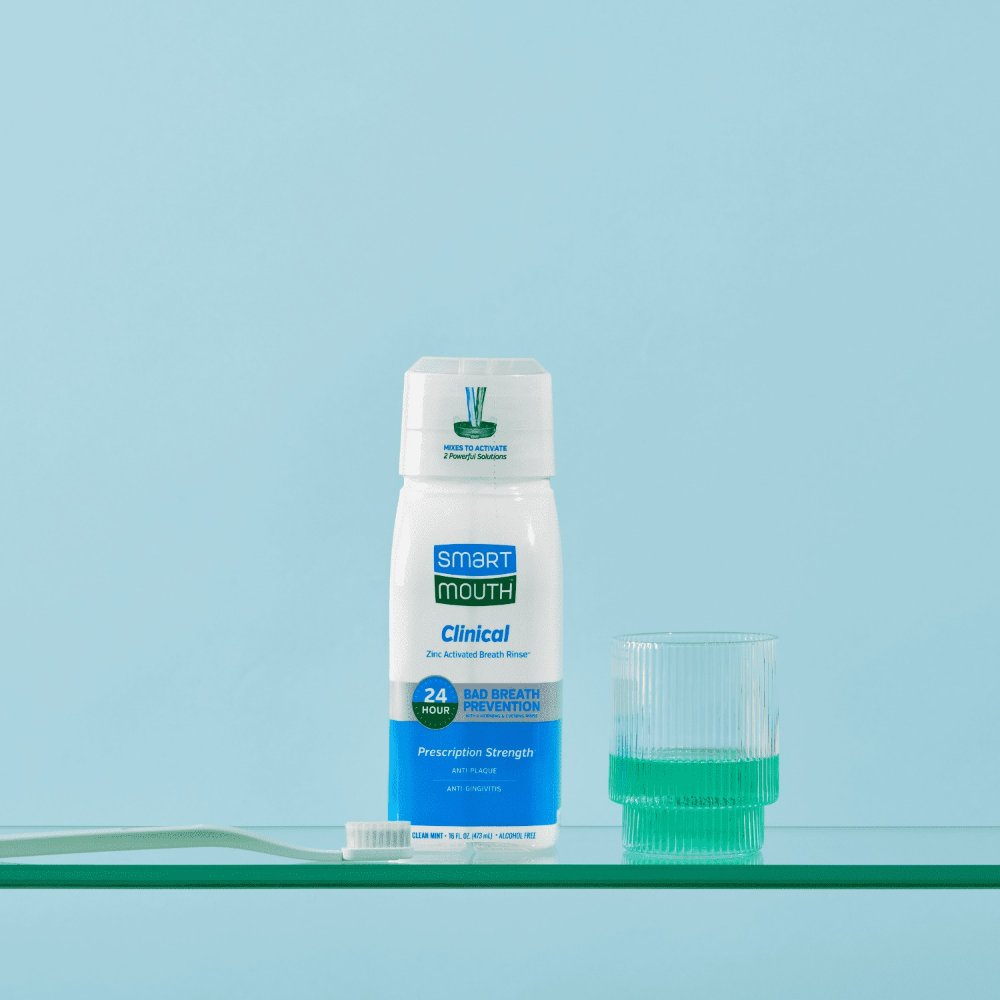
How to Properly Use Mouthwash in a Water Flosser
Proper use of mouthwash in your water flosser is key to reaping the benefits without facing the drawbacks. Here are some steps and tips to ensure you do it correctly:
- Choose the Right Mouthwash: Select a mouthwash that’s compatible with water flossers. Avoid using mouthwashes with high alcohol content, which can be harsh on your gums and damage the flosser.
- Dilute Appropriately: Most mouthwashes are concentrated, so it’s important to dilute it with water. A typical mix could be one part mouthwash to two parts water, but follow the guidelines of your mouthwash brand.
- Check the User Manual: Always consult your water flosser’s user manual. Some manufacturers advise against adding anything but water. If mouthwash is permissible, there might be specific instructions.
- Clean Your Flosser Thoroughly: After using mouthwash in your flosser, run clean water through it to prevent any residue build-up. This helps maintain the device and avoid clogs.
- Use Mouthwash Sparingly: Don’t overfill your flosser with mouthwash. Excessive use can lead to the issues mentioned previously, especially if it disrupts the oral microbiome.
- Monitor Your Gums: Pay attention to how your gums react. If you notice increased sensitivity or discomfort, you should adjust the mouthwash concentration or stop using it in your flosser.
By following these steps, you can safely enjoy the benefits of adding mouthwash to your water flossing routine. Remember, consulting with your dentist is always a good idea when you’re considering changes to your oral health practices.
Alternative Water Flosser Solutions
When pondering whether ‘can you put mouthwash in a water flosser’, it’s smart to consider other options as well. There are several alternative solutions to enhance your water flossing routine without relying on mouthwash. Here are a few to consider:
- Saline Solution: A mix of salt and water can provide a gentle, natural disinfectant for your flossing routine.
- Baking Soda: Add a small amount of baking soda to the water in your flosser for a gentle abrasive effect, which can help with stain removal and overall cleanliness.
- Essential Oils: Certain oils, like tea tree or peppermint, may be added in tiny amounts for their antibacterial properties and fresh scent. Ensure they are properly diluted and safe for oral use.
- Herbal Infusions: Herbal rinses, such as those made from chamomile or green tea, can be calming for the gums and provide mild antibacterial benefits.
- Hydrogen Peroxide: A diluted hydrogen peroxide solution can serve as a disinfectant. Be cautious with concentrations, as too strong a solution may irritate the gums.
- Plain Water: Sometimes, simply using clean warm water is all you need for effective water flossing.
Explore these alternatives to determine the best fit for your oral care regimen. Always consult with your dentist to ensure your choice is safe and effective for your dental health. Each of these options has its own set of pros and cons, much like using mouthwash. The goal is to achieve clean, healthy teeth and gums without compromising your water flosser’s integrity or your oral health.
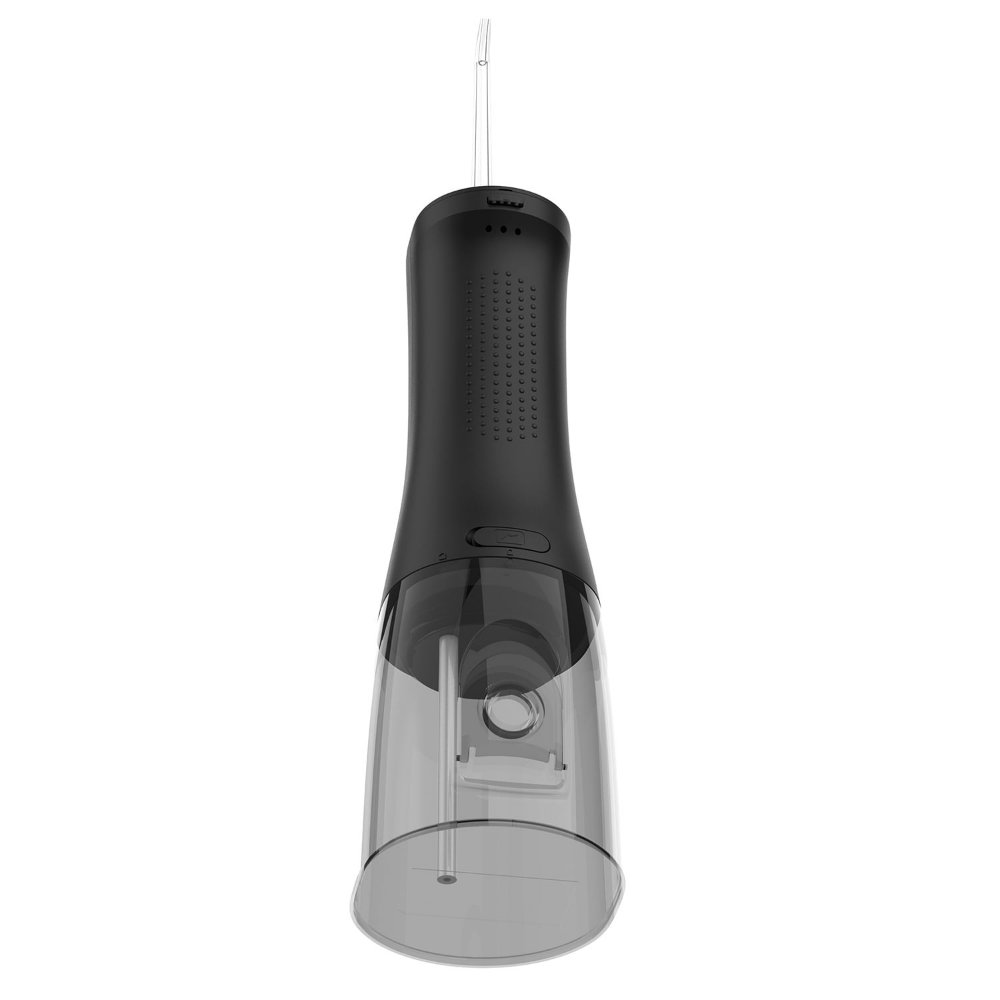
The Impact of Mouthwash on Flosser Maintenance and Longevity
Adding mouthwash to your water flosser can affect its upkeep and lifespan. The mouthwash might have ingredients that can harm the flosser’s parts. Such elements could lead to cracks, leaks, or a gradual breakdown over time. Manufacturers design water flossers mainly for use with water. When you add mouthwash, the warranty could become invalid if the manual says not to. Always check the manual first.
Also, using mouthwash in your water flosser may mean more cleaning. This is because mouthwash can leave a sticky residue. If left inside, it could cause blockages. Regularly flushing the system with clean water after use is a must. This helps to keep the device in good working order.
Over time, thorough cleaning may not be enough. The mouthwash could still cause long-term wear and tear. This might force you to replace your flosser sooner than expected. So, while mouthwash may provide some oral health benefits, know that it could shorten your flosser’s life.
Expert Tips for Maximizing Water Flossing Efficiency
To get the most out of your water flossing routine, follow these expert tips. They can help you keep your teeth and gums in top shape. Remember, efficient flossing contributes to overall oral health.
- Use Warm Water: Warm water is gentler on your gums. It can enhance comfort, especially if you have sensitive teeth or gums.
- Consistent Routine: Floss at the same time each day. This builds a habit and ensures you don’t forget.
- Correct Angle: Aim the flosser’s tip at a 90-degree angle to your teeth. This helps target the areas between teeth and along the gumline effectively.
- Go Slow: Move the flosser tip slowly along your gumline. Rushing could miss some spots and reduce the cleaning effect.
- Graduate Pressure: Start with a lower pressure setting and increase as needed. This prevents gum discomfort and allows you to adjust to the sensation.
- Multiple Passes: Make multiple passes over each area. It ensures that you dislodge all trapped debris.
- Focus on Problem Areas: Pay extra attention to areas where you often get food stuck. These spots need more time.
- Change the Tip Regularly: Replace the flosser tip as recommended. Old tips may not perform well.
- Empty the Reservoir: After flossing, empty the water reservoir. This stops bacterial growth inside.
By incorporating these tips into your routine, you can optimize the effectiveness of your water flossing. Remember, check with your dentist if you decide ‘can you put mouthwash in a water flosser’ or if you have any concerns about your oral health practices.
Conclusion: Balancing the Pros and Cons
When faced with the decision ‘can you put mouthwash in a water flosser’, it’s all about balance. The benefits of adding mouthwash, such as enhanced antibacterial action and fresh breath, are clear. However, consider the drawbacks carefully. The potential for damaging your device, voiding the warranty, and causing gum discomfort cannot be ignored. Utilize mouthwash judiciously and always follow the device’s manual and dilution recommendations to minimize risks.
Choose alternative solutions if you are unsure, such as a saline solution or herbal infusions. These can be safer options for your water flosser’s longevity and your oral health. Always discuss with your dentist before making changes to your oral care routine.
In summary, mouthwash can indeed uplift your water flossing experience. But it’s vital to use it smartly and responsibly. By taking into account the pros and cons, and with your dentist’s guidance, you can make an informed decision that benefits your dental hygiene without harming your device.

